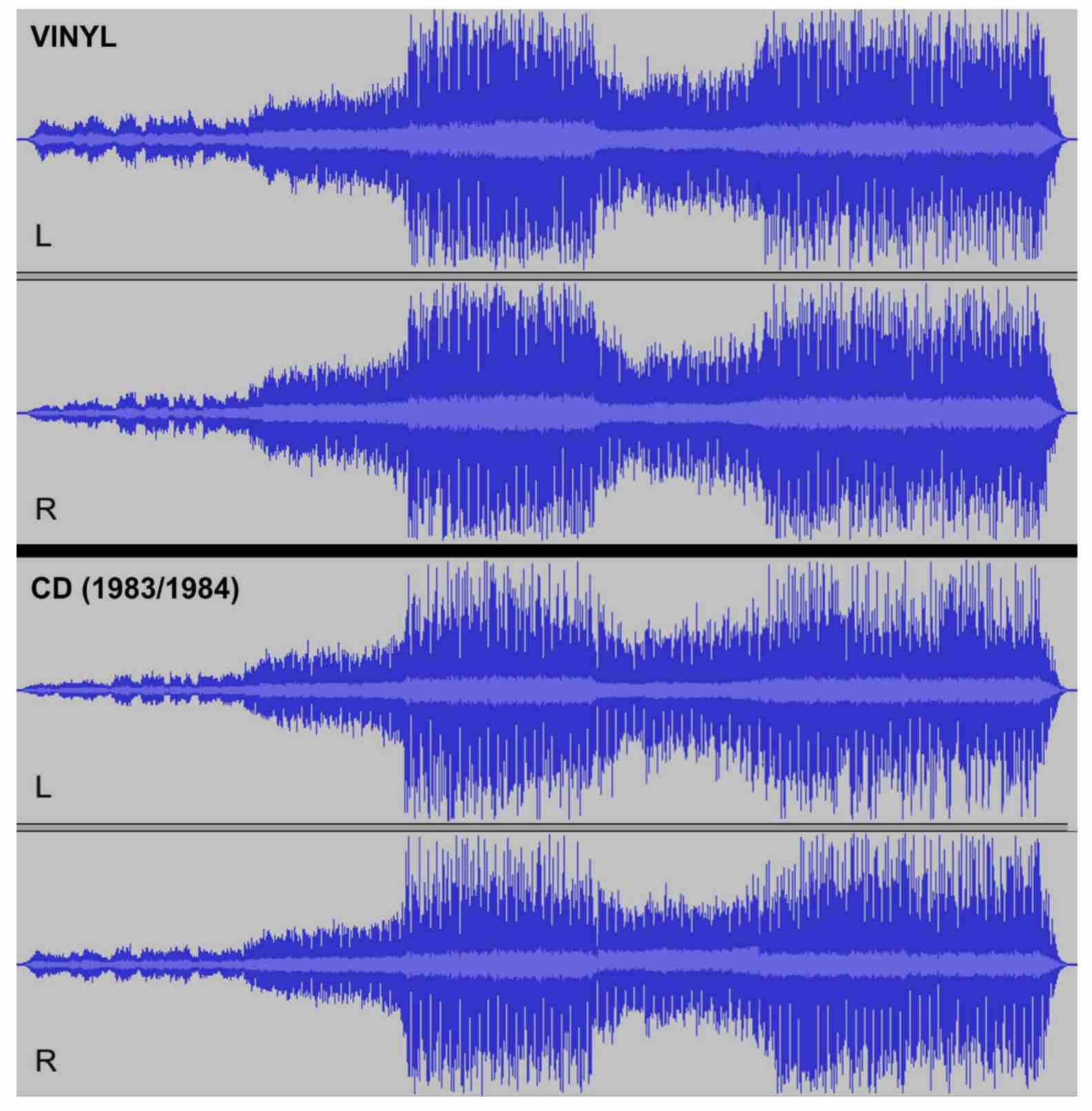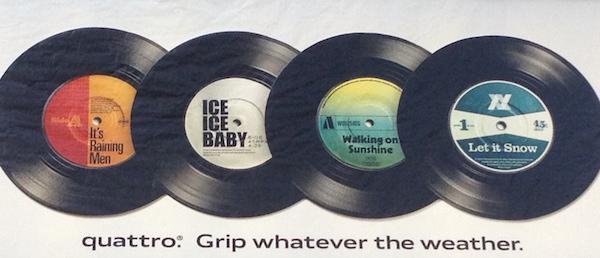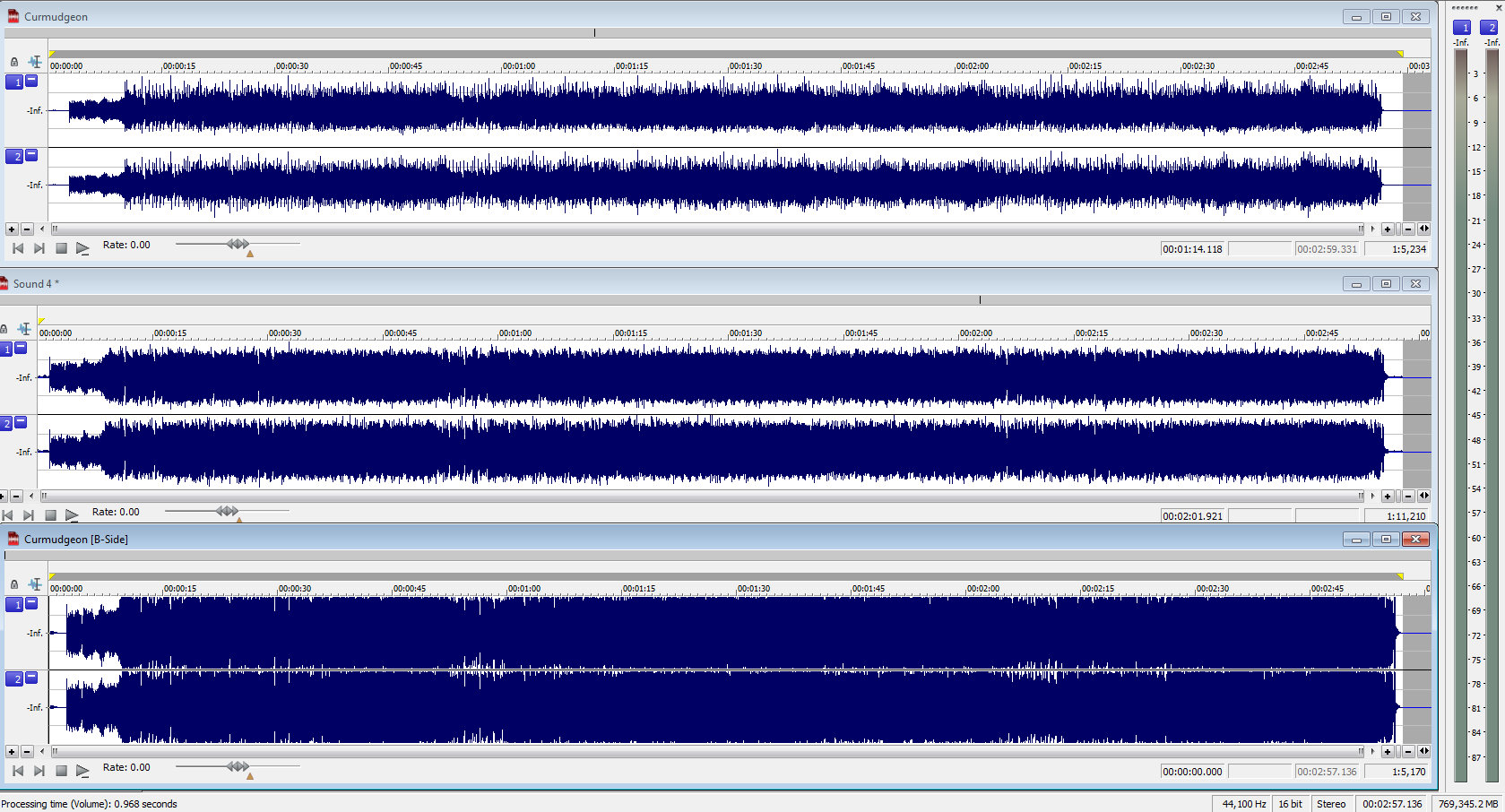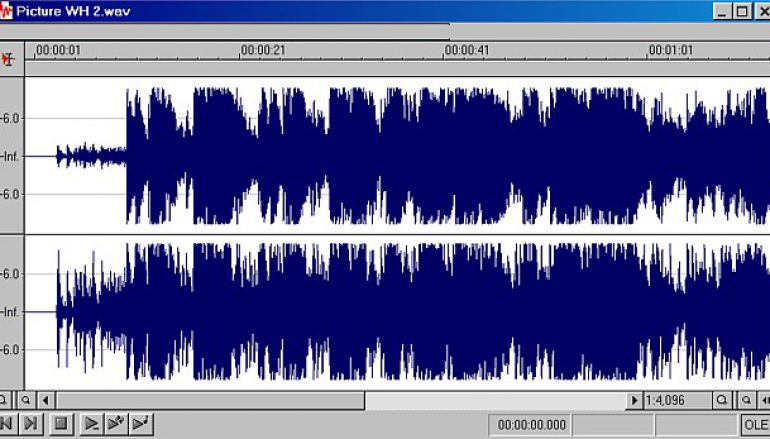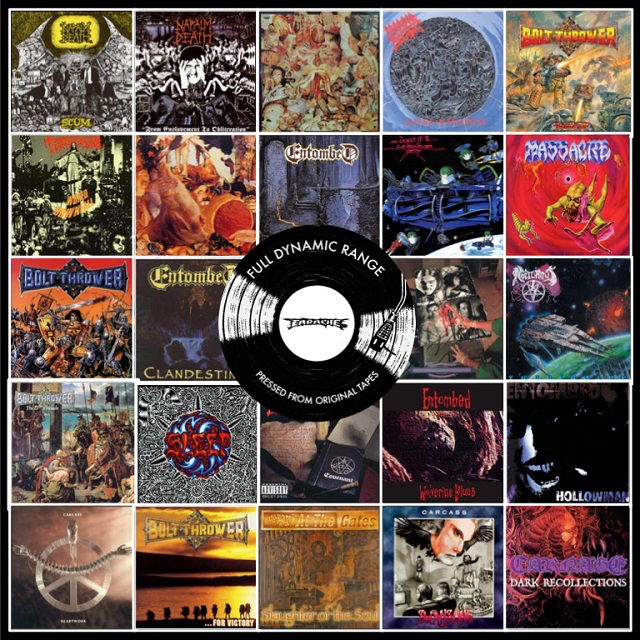Dynamic Range Of Cd Versus Vinyl

16 bit cd digital audio has a technical dynamic range of 96 db though many argue the perceived range is higher when taking dithering into account.
Dynamic range of cd versus vinyl. When i cut a master for vinyl and a cd master from the same digital master tape they sounded pretty much the same except for the noise floor. Yes vinyl was noisier. Pcm of any flavor has a flat response to fs. Because vinyl s restrictions do not permit the same abuse of audio levels as the cd mayo says that listeners might hear a wider dynamic range in an album mixed separately for vinyl over a compact.
70ish db than analog analog recordings sometimes have a higher effective dynamic range because their mixes weren t made with boosting loudness as an end goal. Vinyl records typically yield 55 65 db. Cds and vinyl records are both audio storage and playback formats based on rotating discs from different times i. Another significant impact of finite quantizing resolution is finite dynamic range.
Narrow dynamic range sounds very odd to the ear when sounds that are supposed to be loud are quiet and so on. As implemented the bit depth of cd and dvd digital audio formats accommodates a higher dynamic range than vinyl is capable of. The difference between the loudest and softest sounds an lp can play is about 70 decibels db. The dynamic range of a direct cut vinyl record may surpass 70 db.
Analog fm broadcasts rarely have a dynamic range exceeding 50 db. Vinyl s dynamic range is dependant on frequency because vinyl doesn t have a flat maximum output curve. With the above in mind i began exploring why some vinyl records have greater dynamic range rightly concluding that mastering lay at the heart of the issue. Cd vs vinyl record comparison.
Here lp actually wins over cd. Comparing compact discs cds to vinyl or gramophone records is the musical equivalent of comparing digital photography with film photography. Even though digital music has a higher theoretical dynamic range 96db vs. Cds can handle over 90 db.
The dynamic range of digital audio systems can exceed that of analog audio systems. Consumer analog cassette tapes have a dynamic range of 60 to 70 db. In practical terms this means that cds have more than 10 times the dynamic range of lps. Dust particles in the grooves of an lp cause crackles and ticks that are present and audible no matter.
The only signal that can exist between the bits of a cd is drowned out by random noise from the vinyl surface grain. Digiphiles on the other hand laugh at lp s pitiful dynamic range surface noise pop and crackle harmonic distortion and various other limitations to do with the ability of either the cutting head to master difficult signals onto disc and the ability of stylii to track them without jumping.

